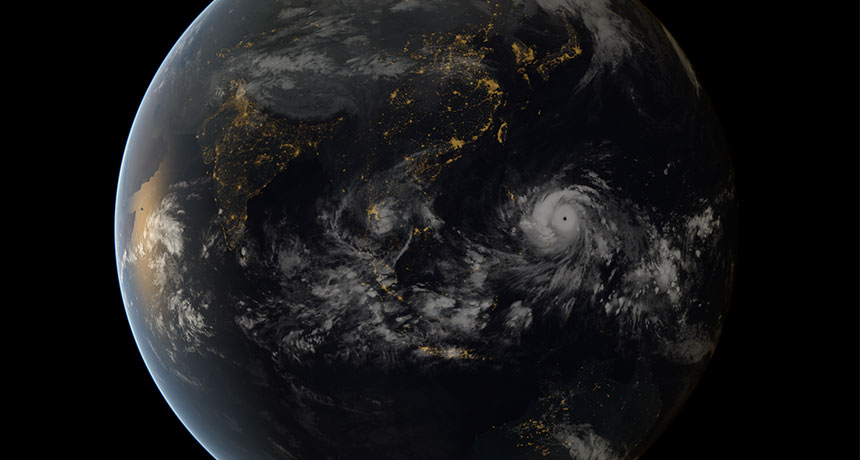
Titanic typhoons are in the forecast
Science News, May 2015Warming waters will boost the destructiveness of future typhoons, new research predicts.
Adapted for Science News for Students.

Warming waters will boost the destructiveness of future typhoons, new research predicts.
Adapted for Science News for Students.
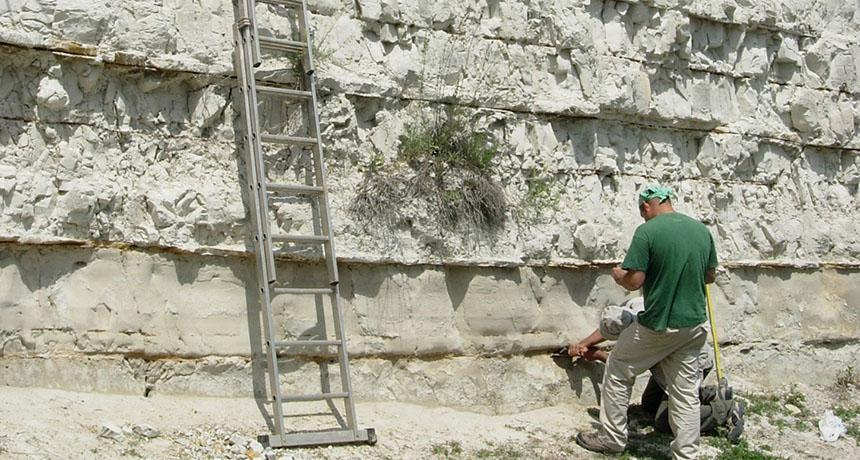
The next big chill may be overdue. If humans hadn’t boosted levels of atmospheric carbon dioxide, Earth’s next frosty bout of glacial growth probably would have already started, new research suggests.
Adapted for Science News for Students.
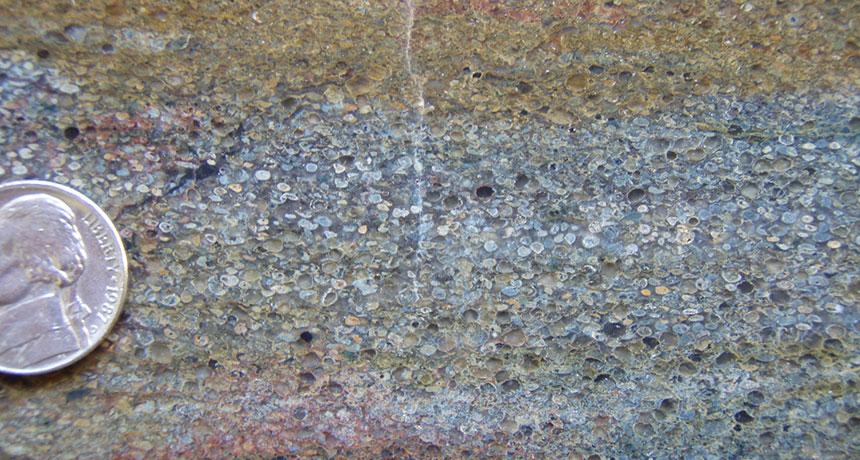
Asteroid impacts around 3.3 billion years ago may have created hell on Earth.
Adapted for Science News for Students.

Busy beavers can curtail rising floodwaters, new research shows. The work suggests that beaver dams can provide natural flood protection and that officials should consider encouraging beaver construction projects as part of flood prevention plans, the researchers say.
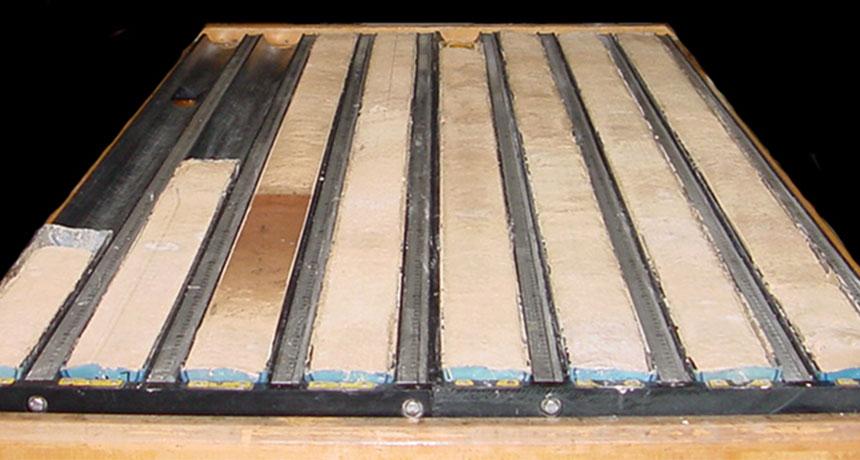
Humans are dumping extra carbon into the atmosphere at a rate unprecedented since at least the time the dinosaurs went extinct about 66 million years ago, new research suggests.
Adapted for Science News for Students.

For the first time, scientists have precisely captured a map of the boisterous bang radiating from a lightning strike. The work could reveal the energies involved in powering some of nature’s flashiest light shows.
Adapted for Science News for Students.
The April 25 earthquake that devastated Nepal, killing thousands, isn’t the end of seismic hazards in the region. The magnitude 7.8 earthquake relieved pent-up stress along just one segment of the tectonic plate boundary between India and the rest of Asia. Even larger quakes could strike to the west and in nearby Bhutan to the east, scientists warn.
Adapted for Science News for Students.
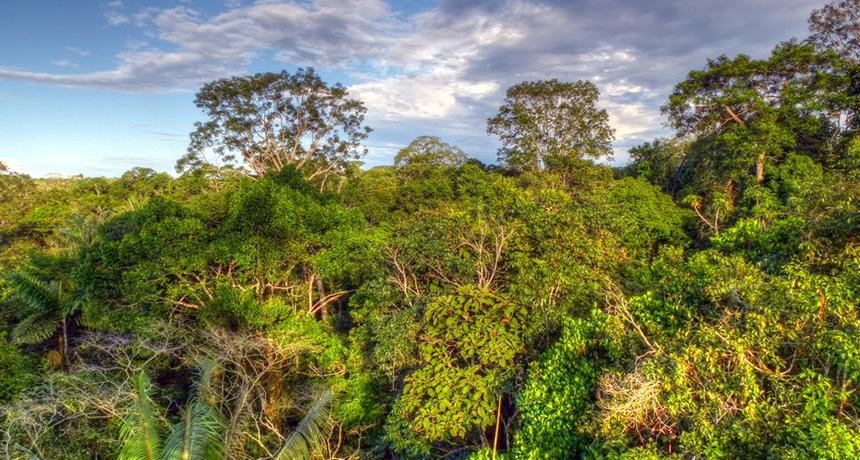
The Amazon rainforest holds more carbon than any other ecosystem, but only a handful of tree species do most of the work of keeping carbon out of the air. Surveying 530 areas throughout the rainforest, researchers found that roughly 1 percent of Amazonian tree species handle half of the forest’s carbon storage.
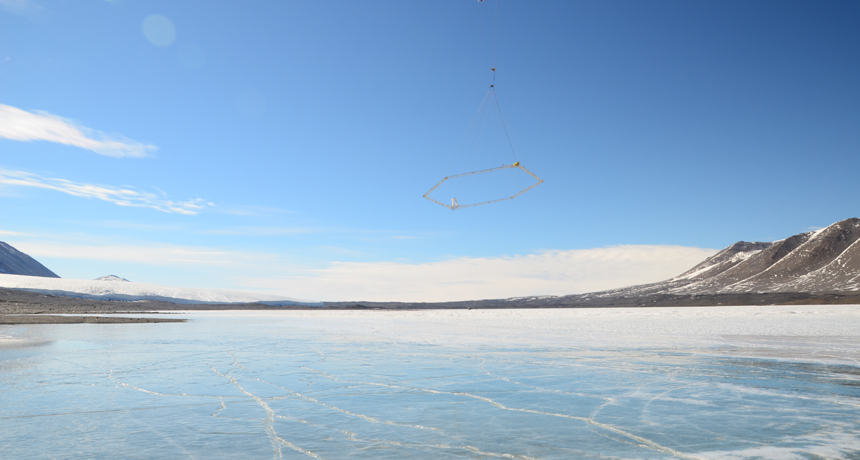
The underside of Antarctica’s dry valleys isn’t so dry after all. Researchers have discovered extensive saltwater basins more than 100 meters beneath the permafrost, glaciers and frozen lakes that cover one of the McMurdo Dry Valleys. Scientists had previously believed this underground realm was hard, frozen earth. The newly discovered groundwater may have been sealed off for millions of years and could support microbial life, the researchers report online April 28 in Nature Communications.
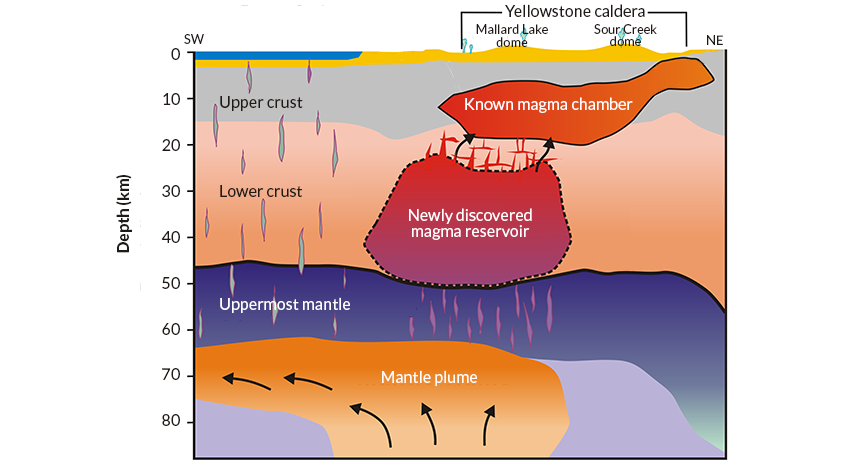
Every day, the supervolcano lurking under Yellowstone National Park belches up 45,000 metric tons of carbon dioxide — much more than could be produced by the known magma chamber that lies just below the surface. Now, scientists have spotted a source of the excess gas, and it’s a doozy. They’ve discovered a magma pool containing enough hot rock to fill the Grand Canyon 11 times, the researchers report online April 23 in Science.